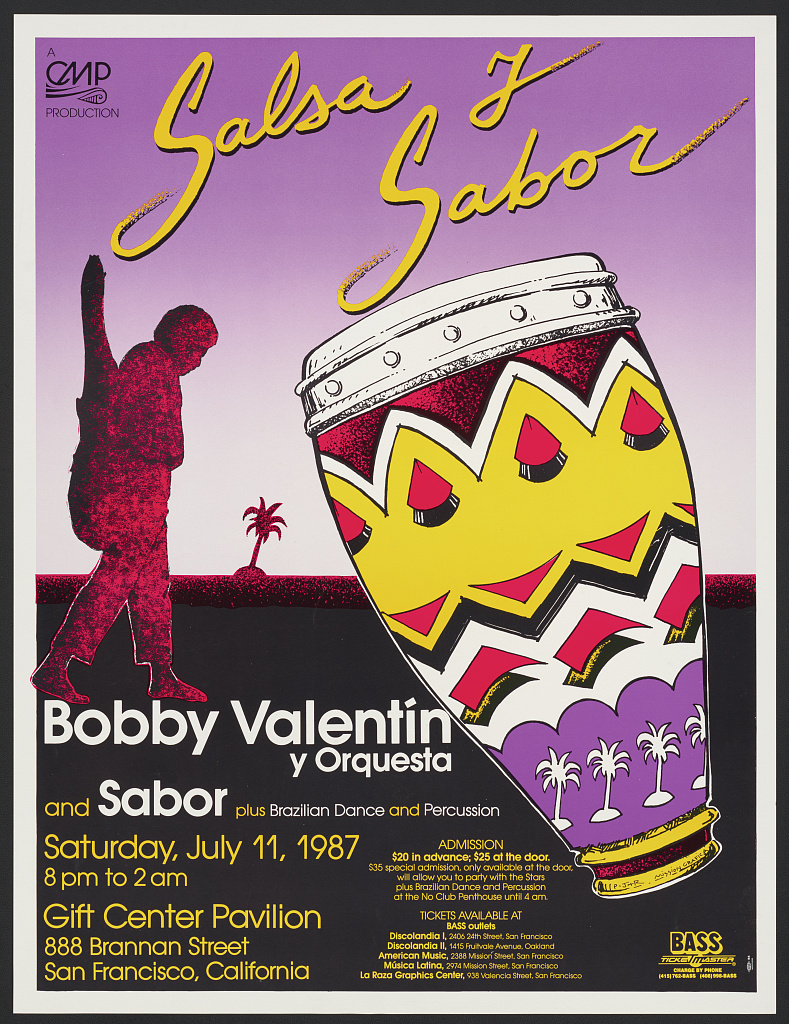Getting My Dance Fridays To Work
Table of ContentsThe Main Principles Of Dance Fridays Top Guidelines Of Dance FridaysDance Fridays for Beginners4 Easy Facts About Dance Fridays ExplainedUnknown Facts About Dance FridaysDance Fridays Can Be Fun For EveryoneAll about Dance Fridays
The major distinction that distinguishes the Miami-style from other North American designs is the "Atras" or "Diagonal", back damaging actions performed backwards diagonally rather of relocating forwards and backwards as seen in the New york city style. Professional dancers do not change their body weight significantly as seen in various other designs. Instead, professional dancers maintain their upper body still, positioned and loosened up, concentrating on foot motion.A significant distinction between Cali Style and Miami-style is the latter is exclusively danced on the downbeat (On1) and has elements of shines and show-style added to it, complying with repertoires of North American styles. Miami-style has numerous followers, specifically Cuban-Americans and various other Latinos based in South Florida. In the 1950s, Salsa Rueda or much more properly Rueda de Gambling establishment was created in Havana, Cuba.
Several of the steps entail swiftly exchanging partners. "Rueda de Miami" come from in the 1980s from Miami, is an official style with many policies based on a mix, and is a hybridization of Rueda de Cuba & North American dance styles, with some regimens showing American culture (e.
Coca-Cola, Dedo, Adios) which is not found in the traditional Cuban-style Typical (salsa dancing club san francisco). Cali is additionally recognized as the "Resources de la Salsa" (Salsa's Resources); due to salsa songs being the main category in parties, nightclubs and celebrations in the 21st century.
Little Known Facts About Dance Fridays.
They include different acrobats such as partnered flips to captivate with these jaw dropping feats. Their footwork is complex and specific, aiding numerous Colombian Design dancers win major world championships. Cali hosts lots of annual salsa occasions such as the World Salsa Cali Celebration and the Encuentro de Melomanos y Coleccionistas.
Scientists in the natural sciences examined the math of salsa dancing relocations. salsa dancing club san francisco. In the social sciences, researchers have researched salsa dancing to comprehend, for instance exactly how the Latino identification is attached to salsa dance. The research study of salsa dancing has been researched as a metaphor to understand psychological and cultural economic situations.
and, scientists have actually likewise made use of salsa dance to examine the ephemerality of social teams. Salsa music the music to which salsa is danced Mambo a dance style which heavily influenced salsa dancing Palladium Ballroom a New york city City place that helped popularize Latin songs and dancing throughout the 1940s and 1950s Rhumba a ballroom dancing that greatly affected salsa World Salsa Championships a checklist of worldwide competitors for salsa dance Cuban salsa a prominent form of salsa dance from Cuba Boggs, Vernon (1992 ).
7 Easy Facts About Dance Fridays Explained
ISBN0-313-28468-7. OCLC24908952. Hutchinson, Sydney (2004 ). " Mambo on 2: The birth of a new kind of dance in New york city City" (PDF). Centro Journal. 16: 108137. ISSN1538-6279. " What Is Salsa (Dance)?" (https://worldcosplay.net/member/1672656). 2023-03-13. Recovered 2023-05-26. Young, Takeshi (26 June 2023). " Latin Dance". Salsa Vida. Obtained 5 October 2023. " Inventing salsa".
Salsa Vida. 26 June 2023. Recovered 5 October 2023.

The city of musical memory: salsa, record grooves, and preferred culture in Cali, Colombia. Salsa Vida SF. The Journal of Popular Society.
3 Simple Techniques For Dance Fridays

54 (5 ): 9991024. doi:10 - salsa dancing club san francisco. 1108/EJM -08 -2018 -0565. ISSN0309-0566. S2CID216399732.
Something failed. Wait a minute and attempt once more Attempt once more.
A Biased View of Dance Fridays
We're speaking about the dance, not the scrumptious South American condiment. The beginnings of the word "Salsa" as the name of a dance has been a source of discussion for years. The most prominent (and possibly accepted) concept is that Cuban and Puerto Rican artists in New York coined the expression in New York in the 1970's, to describe the spicy combination of music they were developing out of the rhythms and motifs of Cuban boy montuno, guaracha, chachacha, mambo and Click Here bolero.